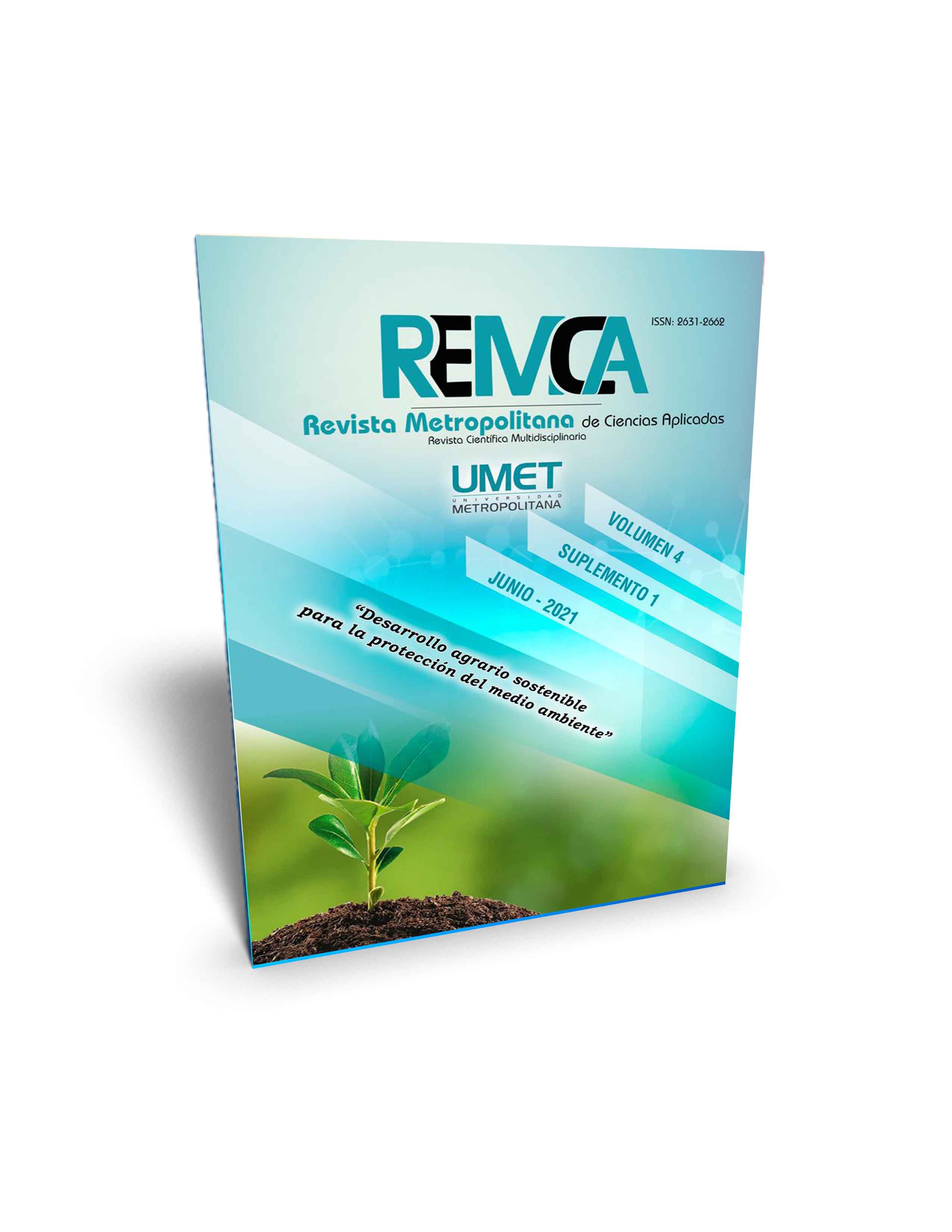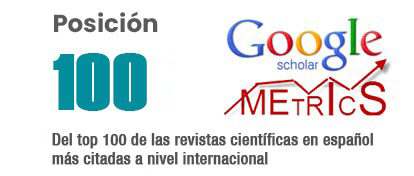Analysis of ecuadorian cocoa bean exports during the period 2008 to 2018
DOI:
https://doi.org/10.62452/kqjprc07Keywords:
Food security, cocoa, marketing, price and fair tradeAbstract
The objective of this research is to analyze cocoa bean exports from Ecuador from 2008 to 2018, as well as its importance in the national economy. In recent years, cocoa exports have become a source of foreign currency income, generating employment, contributing to the trade balance and the Gross Domestic Product (GDP). The scope of the research is descriptive, non-experimental documentary type with the use of secondary sources and the collection of historical statistical data of Ecuador. The results obtained are that the changes experienced by the economy of Ecuador in the last 10 years have significantly affected exports due to the fall mainly of commodities worldwide, which implies adapting to these transformations. Under this scenario, it is concluded that the export of cocoa beans has had variations in export levels, which decrease because other countries compete in the world market with the same product at lower prices. Ecuadorian cocoa stands out for the quality of the bean, for its aroma and flavor which is an important factor to remain in the international market, which has allowed it to have a comparative advantage over other competitors, obtaining exports in 2018 of 315 tons which meant an income in FOB 710 million dollars.
Downloads
References
Asanza, M., Alvarado, R., Vera, G., & Fernández, A. (2019). Crecimiento Económico del cacao Ecuatoriano. Observatorio de La Economía Latinoamericana, 262, 10–20.
Banco Central del Ecuador. (2019). La economía ecuatoriana creció 4,5% en el tercer trimestre, en exportaciones. BCE. https://www.bce.fin.ec/index.php/component/search/?searchword=cacao&
Ecuador. Asociación Nacional de Exportadores de Cacao. (2019). Sector Exportador de Cacao. http://www.anecacao.com/uploads/estadistica/cacao-ecuador-2019.pdf
Ecuador. Corporación Financiera Nacional. (2018). Ficha Sectorial: Cacao y Chocolate. https://www.cfn.fin.ec/wp-content/uploads/2018/04/Ficha-Sectorial-Cacao.pdf
Ecuador. Instituto Nacional de Estadísticas y Censos. (2018). Indice de precio al consumidor. INEC. http://www.ecuadorencifras.gob.ec/documentos/web-inec/Inflacion/2018/Enero-2018/01 ipc Presentacion_IPC_enero2018.pdf
Ecuador. Ministerio de Industrias y Productividad. (2019). Visión agroindustrial 2025. http://servicios.produccion.gob.ec/siipro/downloads/temporales/8_Vision%20Agroindustrial%202025.compressed.pdf
Figueroa-Hernández, E., Pérez-Soto, F., Godínez-Montoya, L., & Pérez-Figueroa, R. A. (2019). Los precios de café en la producción y las exportaciones a nivel mundial. Revista Mexicana de Economía y Finanzas, 14(1), 41–56.
González, M., Marco, I., González, F., & Carpio, T. (2017). Dinámica de la producción y comercialización del cacao ecuatoriano. Un enfoque en la provincia de El Oro. Ediciones UTMACH.
León, V., Calderón, J., & Mayorga, E. (2016). Estrategias para el cultivo, comercialización y exportación del cacao fino de aroma en Ecuador. Revista Ciencia Unemi, 9(18), 45–55.
Loayza, F. (2018). Análisis de la cadena productiva del cacao ecuatoriano para el diseño de una política pública que fomente la productividad y la eficiencia de la producción cacaotera período 2007-2016. (Trabajo de titulación). Pontificia Universidad Católica del Ecuador.
López, Y., Cunias, M., & Carrasco, Y. (2020). El cacao peruano y su impacto en la economía nacional. Revista Universidad y Sociedad, 12(3), 344–352.
Plaza, M. A. (2016). Industria de Cacao. ESPAE -ESPOL.
Revista Vistazo. (2020). El sector exportador de cacao enfrenta la pandemia con estables resultados. https://www.vistazo.com/seccion/enfoque/el-sector-exportador-de-cacao-enfrenta-la-pandemia-con-estables-resultados
Rizzuto, M., & Rosales, M. (2014). El mercado mundial del café: tendencias recientes, estructura y estrategias de competitividad. Visión General, 13(2), 297–307.
Ruiz, H. (2018). Vista de Pronóstico de las exportaciones del cacao ecuatoriano para el 2018 con el uso de modelos de series de tiempo. Revista de La Universidad Internacional Del Ecuador, 3(6), 9–20.
Sánchez, T. (2019). Análisis de las exportaciones de cacao del Ecuador tomando en consideración el acuerdo multipartes con la Unión Europea, en el periodo 2003-2018. (Trabajo de titulación). Pontificia Universidad Católica del Ecuador.
Trujillo, D., Apunte, R., & Pereira, S. (2019). Ruido en exportaciones de cacao ecuatoriano a mercados internacionales. Revista Espacios, 40(30).
Vite, H., Carvajal, H., & Townsend, J. (2020). Big Data e internet de las cosas. Universidad y Sociedad, 12(4), 192-200.
Published
Issue
Section
License
Copyright (c) 2021 Katheryn Lissette Borja Abad, Harry Vite Cevallos, Víctor Javier Garzón Montealegre, Héctor Carvajal Romero (Autor/a)

This work is licensed under a Creative Commons Attribution-NonCommercial-ShareAlike 4.0 International License.
Authors who publish in Revista Metropolitana de Ciencias Aplicadas (REMCA), agree to the following terms:
1. Copyright
Authors retain unrestricted copyright to their work. Authors grant the journal the right of first publication. To this end, they assign the journal non-exclusive exploitation rights (reproduction, distribution, public communication, and transformation). Authors may enter into additional agreements for the non-exclusive distribution of the version of the work published in the journal, provided that acknowledgment of its initial publication in this journal is given.
© The authors.
2. License
The articles are published in the journal under the Creative Commons Attribution-NonCommercial-ShareAlike 4.0 International License (CC BY-NC-SA 4.0). The terms can be found at: https://creativecommons.org/licenses/by-nc-sa/4.0/deed.en
This license allows:
- Sharing: Copying and redistributing the material in any medium or format.
- Adapting: Remixing, transforming, and building upon the material.
Under the following terms:
- Attribution: You must give appropriate credit, provide a link to the license, and indicate if any changes were made. You may do this in any reasonable manner, but not in any way that suggests the licensor endorses or sponsors your use.
- NonCommercial: You may not use the material for commercial purposes.
- ShareAlike: If you remix, transform, or build upon the material, you must distribute your creation under the same license as the original work.
There are no additional restrictions. You may not apply legal terms or technological measures that legally restrict others from doing anything the license permits.




